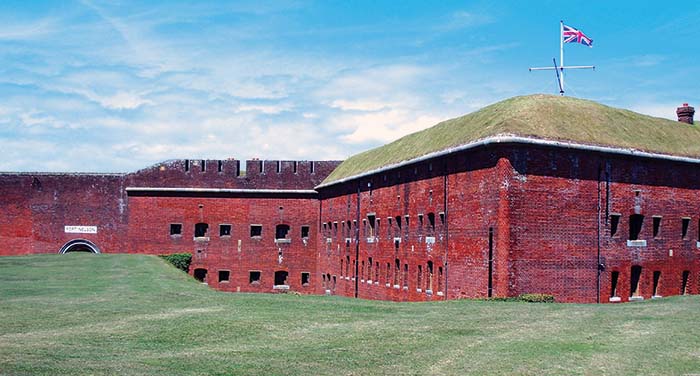The brick, masonry and earth embankments of Fort Nelson. This Victorian era fortress has been fully restored and is home to the Royal Armouries national collection of artillery.
By Robert G. Segel
Fort Nelson, home to the Royal Armouries national collection of artillery, was built in the 1860s as part of a defensive chain of fortifications on Portsdown Hill around Portsmouth, England and its vital Royal Dockyard. It was built to guard against a feared French invasion that never happened. It is probably the best surviving example of a Victorian fortress and has been restored to its original 19th-century state, together with parts of its Second World War heritage.
Fort Nelson, part of a massive ring of brick, masonry and earth forts, was built to provide the firepower to deter an enemy attack on Portsmouth from inland.
Portsmouth was Britain’s premier naval dockyard, building and maintaining warships that were vital to the defense of Britain and her growing empire.
Portsmouth faced the new French dockyard at Cherbourg, only a short 81 miles journey for new steam-powered warships.
The threat was not simply a direct naval assault. It was feared that a French invasion force might land elsewhere, occupy Portsdown Hill and fire their new long-range guns to attack Portsmouth below from the land. By the time the ring of forts were completed, France had been defeated in a war with Prussia in 1870 and the feared attack on England never occurred.
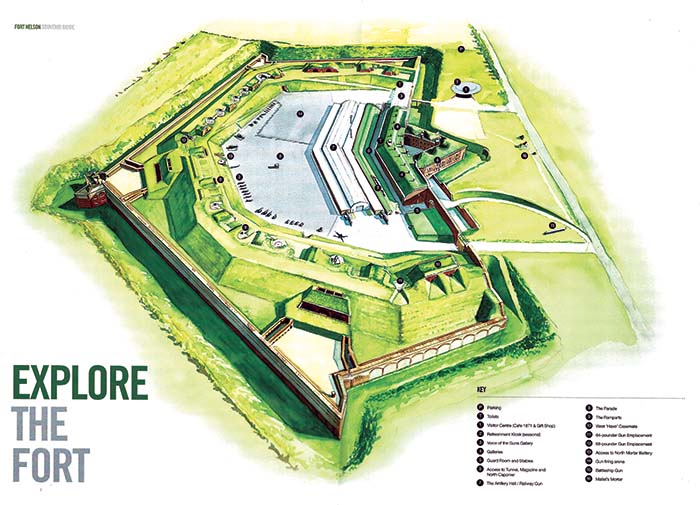
Fort Nelson Through the Ages
In 1871 the first troop of volunteers marched into Fort Nelson. Over the next 150 years the Fort would see many changes.
As international threats altered and the power of artillery increased, Fort Nelson played several different roles. Not needed for its original purpose, the Fort was adapted to serve through two World Wars and beyond.
Having been abandoned by the Ministry of Defence in the 1970s the Fort fell into decay. Hampshire purchased the Fort and began its restoration in 1979, with assistance from volunteers.
In 1988 the Royal Armouries took over Fort Nelson and made it the new home of the national collection of artillery. The collection presents artillery through the ages and helps tell the stories of the defense of Britain.
In 2011 a multi-million Pound redevelopment program transformed the Fort into a museum for the 21st century, with new galleries, café, visitor center and state of the art classrooms.
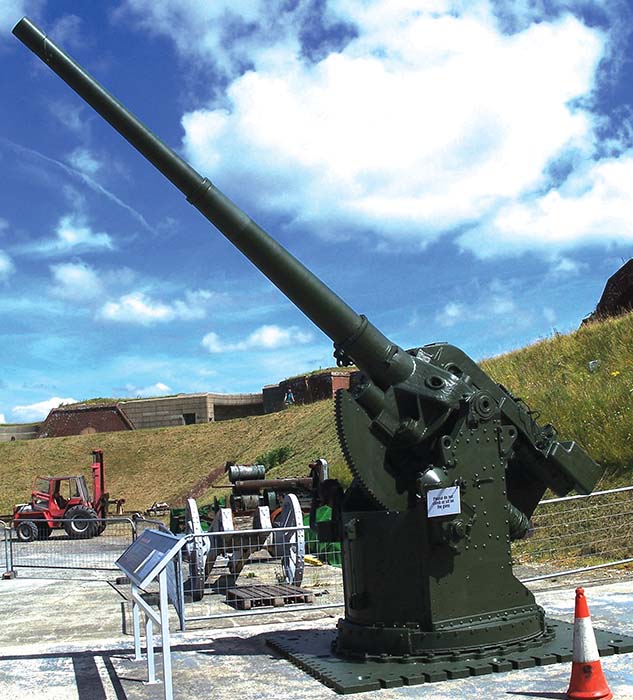
The Guns
Artillery has helped change world history for over five hundred years. Great events have been shaped by the big guns and the technological advances that have influenced their design and performance. The galleries display artillery great and small, which was used on land, at sea and against airborne attacks. Some played an important part at critical battles and others involve amazing stories of faraway places and fascinating people. Some guns were not only deadly weapons but also decorated like works of art to be presented as diplomatic gifts or to show the status of the owner.

The 18-Inch Railway Howitzer
New to the museum and on loan from the Royal Artillery Historical Trust, is the only survivor of the British Army’s biggest gun: the railway howitzer.
The First World War was expected to be mobile, fast moving and soon over. Notoriously, the Western Front instead became a gigantic siege. To break the stalemate, more heavy artillery was constantly demanded.
Artillery was the most destructive weapon of the First World War and caused the most casualties. Heavier and heavier guns were required to support the infantry, dug in ever more stubbornly on the Western Front, trying to achieve the elusive breakthrough. The heaviest artillery could only be deployed by rail.
Just four 18-inch railway howitzers were built. They were not brought into action before the Armistice in 1918. But during the Second World War, one was used at Dover. It was used for range trials until 1959.
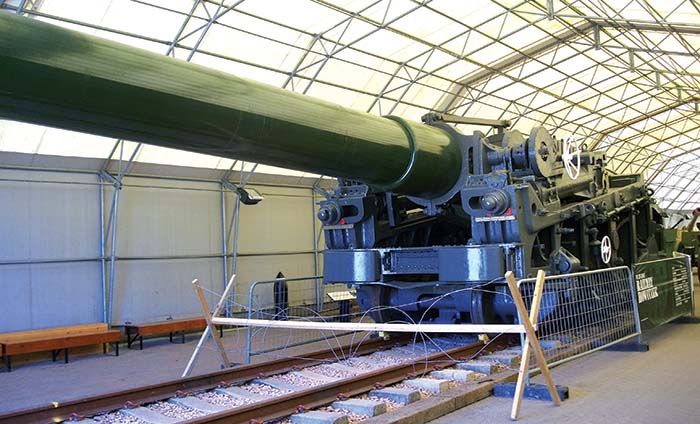
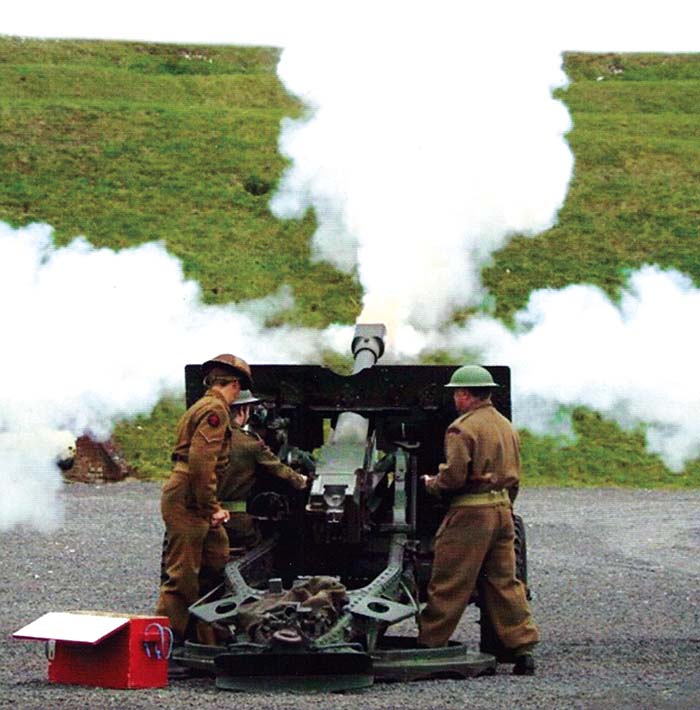
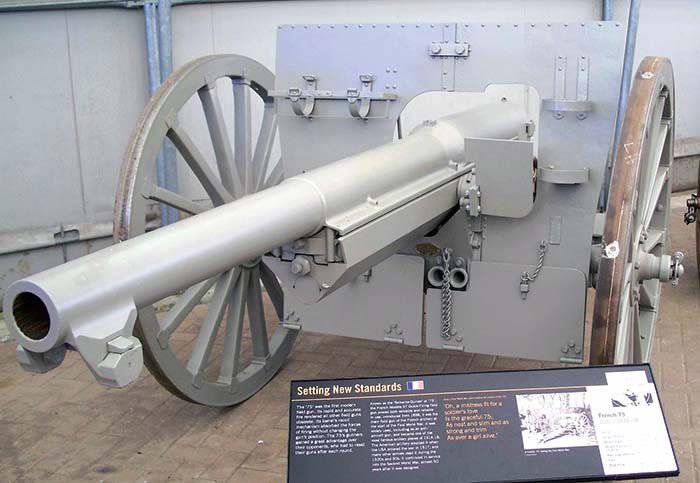
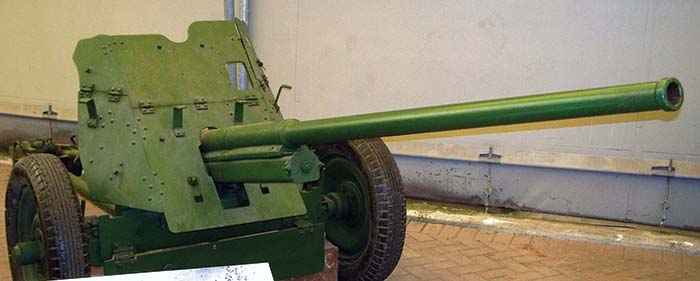
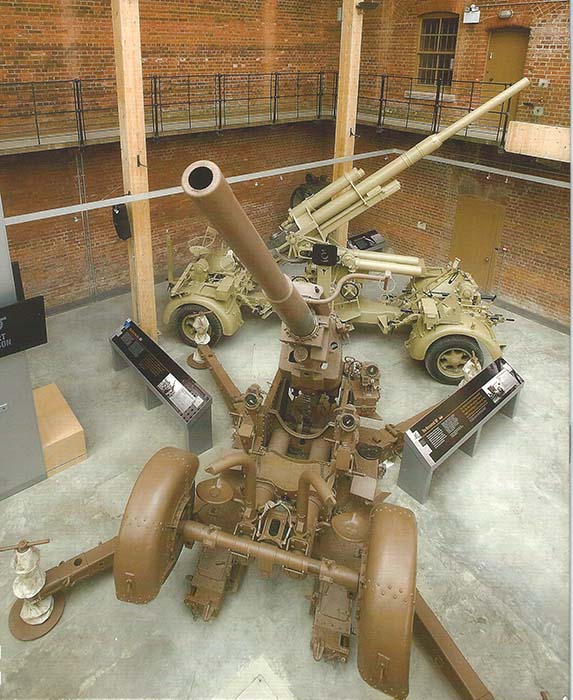
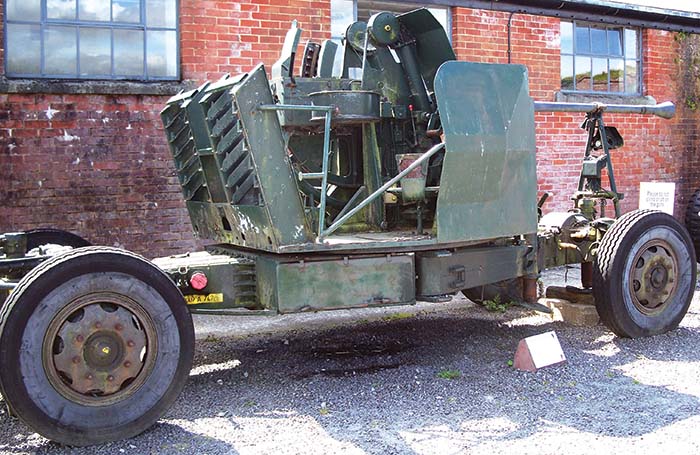
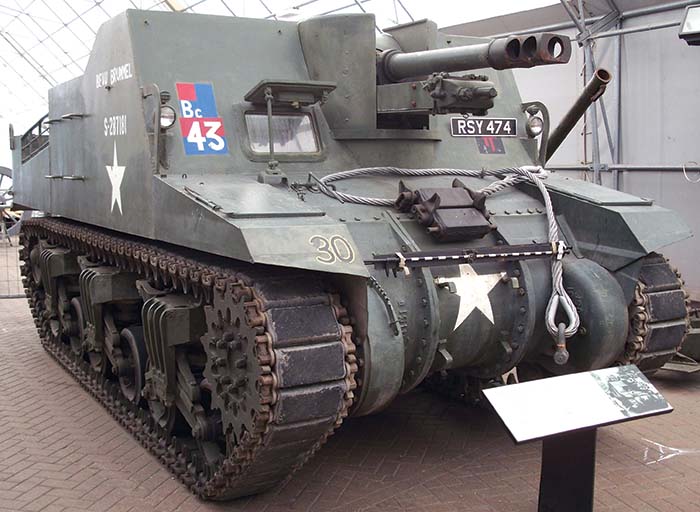
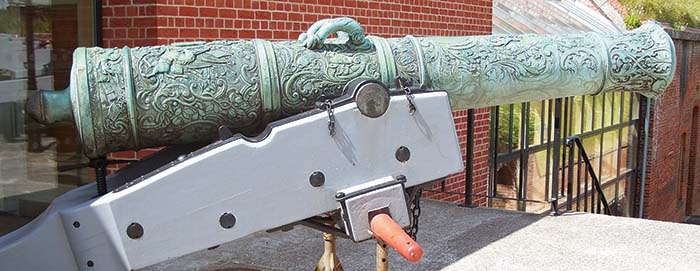
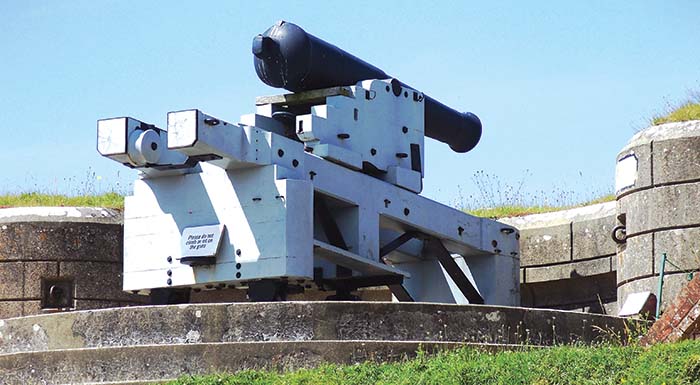
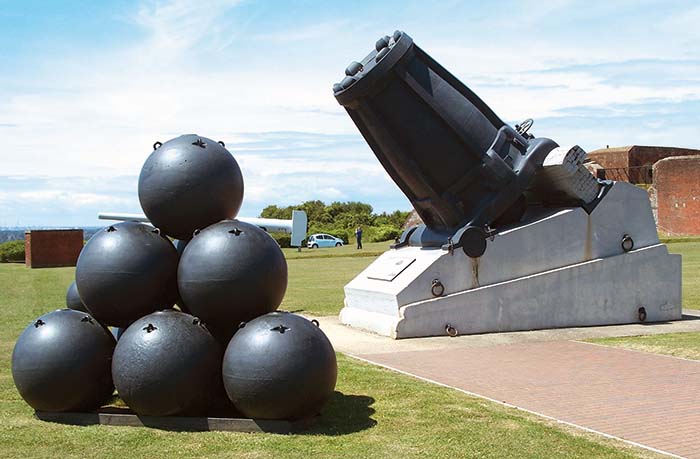

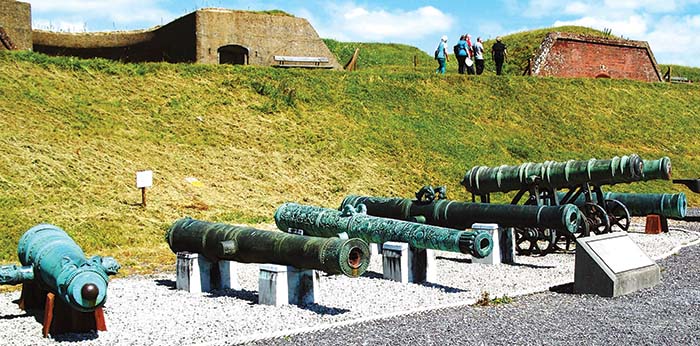
| This article first appeared in Small Arms Review V19N6 (July 2015) |



